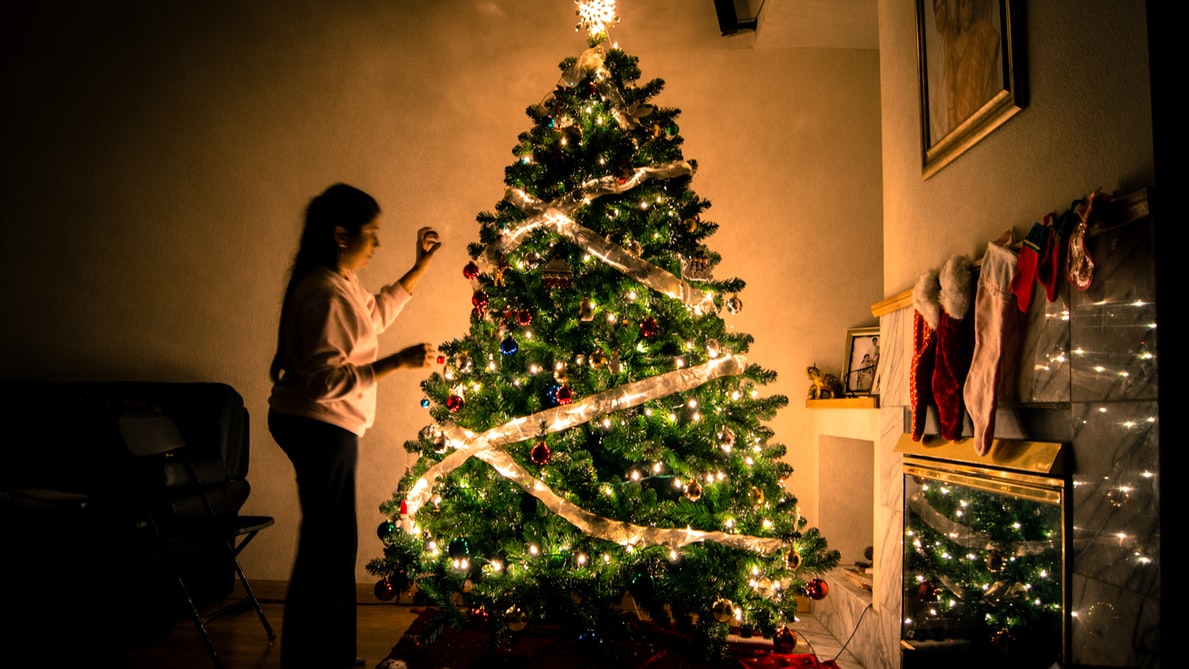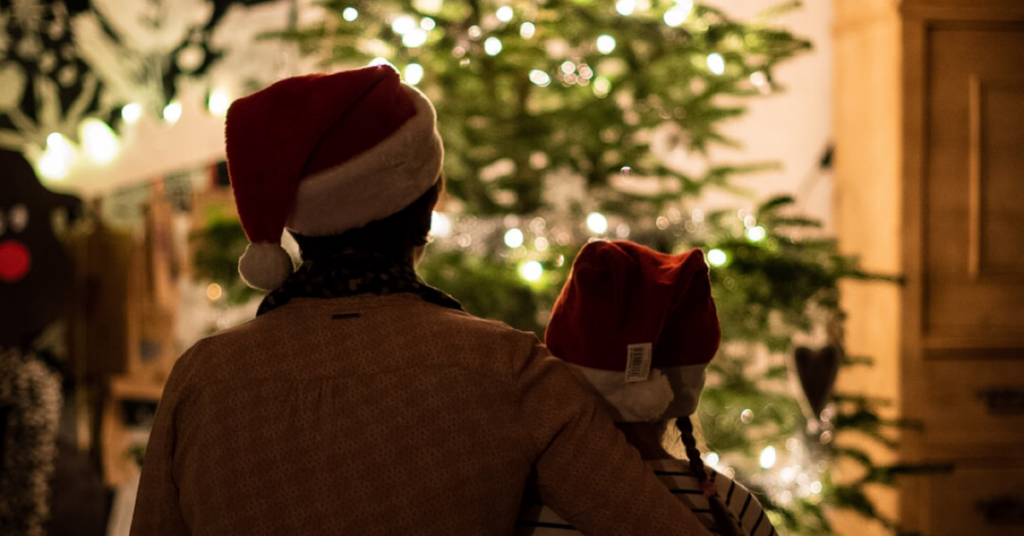Do You Have a Favorite Type of Christmas Tree? – Use Self Storage Either Way

November 23, 2021 About Self Storage / Self Storage
Does your family enjoy having a live Christmas tree in spite of the work? You drive to the tree lot, bundled in your Christmas sweaters, spend hours picking the best tree, tie it to the car and bring it home. Before you set it up, everyone has hot cocoa and watches Christmas movies. The next day you spend hours setting up the tree and decorating.
Or, are you more of an artificial tree family who likes to drive to the big box store (still bundled in your Christmas sweaters); pick your tree from the endless array of shapes, sizes, and colors; shove the box into the minivan, drive home singing carols, open the box, stand up the tree, decorate it, and then have hot cocoa and watch Christmas movies. The stories have identical endings, but one involves a bit more work.
Before you decide exactly what type of tree is for you, let’s take a dive into a little bit of Christmas tree background.
Christmas Tree History
Christians began the tradition of bringing live evergreens into their homes to decorate in the 16th century. This custom wasn’t recorded in the U.S. until the 1830s when German settlers in Pennsylvania decorated trees in their homes for the holidays. Decorated Christmas trees are still a well-loved tradition, and play a very special role in the holiday season.
Fun fact: The first artificial Christmas tree in the U. S. was made in the 1930s by Addis Brush, a company that was in the business of making toilet brushes. The first fake trees were actually huge green toilet brushes!
Now that you know this reality, every time you clean your toilet, you’ll think of Christmas!
Live Christmas Tree Pros and Cons
Pros
- Support a Farmer: When you purchase a live tree, you support a U.S. farmer. According to the National Christmas Tree Association (NCTA), there are over 15,000 tree farms located in all 50 states, employing over 100,000 people.
- Help the Environment: The NCTA states that a live tree grows approximately seven years before being large enough to cut down. That’s seven years of preserving green space, scrubbing the air of carbon dioxide, and providing homes for wildlife. When a tree is cut, one to three seedlings are planted in its place.
- Make Memories: Whether you take your family to a Christmas tree farm or the local tree lot, you’re making memories, relieving stress, and having fun. Santa may be there for the kiddos, and you can take advantage of other holiday festivities that are frequently available at the tree farm or lot.
Cons
- Allergic Reactions: Live trees can cause allergic reactions for some people: itchy watery eyes, sinus congestion, sneezing, coughing, and shortness of breath. If a live tree is the only option that will make you happy, you can reduce the allergens by shaking out as much debris as possible before taking it into the house. If you don’t mind extra work, you can hose down the tree and let it dry overnight before bringing it to the house.
- Fire Hazard: If you don’t keep your tree thoroughly watered, it can become a fire hazard. Keep it away from the fireplace, candles, and heating vents. Ensure that your holiday lights have no exposed wires or faulty bulbs.
- Live Trees Mean Extra Effort: They don’t come pre-lit or packed into a convenient cardboard box. They’re more difficult to set up than an artificial tree, and they occasionally have empty spaces that need to be camouflaged and oddly shaped limbs that need to be trimmed. As they age, they drop needles all over the floor and they eventually have to be discarded, although this usually involves only getting it to the curb for trash pickup.
Artificial Tree Pros and Cons
Pros
- Artificial Trees Mean Less Work: You don’t have to water them, many are pre-lit, and you don’t have to worry about dried-up needles in your carpet.
- Less Expensive: In the long run, artificial trees are less expensive because they are typically kept long enough to pay for themselves. In fact, with proper care, they can last a lifetime. The cost for live trees has been increasing steadily, and the number of registered tree farms has decreased in some states.
- Match Your Style: If you want a tree that’s tailored to your taste, with accessories to match, an artificial tree is for you. They are available in a broad range of types and sizes and have garlands, wreaths, door swags, and many other attractive add-ons to match.
- Easily Packed Away in Self Storage: An artificial tree can be easily packed up at the end of the season and placed in your safe, secure storage unit. For more information read Self Storage: How to Enjoy Packing Up Your Christmas Decorations.
Cons
-
- Artificial Trees are Unhealthy: Artificial trees are made with polyvinyl chloride (PVC) plastic, aluminum, and steel. PVC contains harmful chemicals like lead, arsenic, and phthalates. It’s nearly impossible to know which chemicals your tree contains because of minimal oversight.
- Not Really Good for the Environment: People have the misconception that chopping down a live tree is bad for the environment, but artificial trees leave a huge carbon footprint. They’re produced in factories; travel by ship, plane, and truck to retail stores; and they’re packed in cardboard boxes. One artificial tree adds about 100 pounds of carbon dioxide to the atmosphere.
- Can Be a Fire Hazard: Over time, an artificial tree that has become dusty can be a fire hazard. Even though manufacturers spray artificial trees with fire retardants, they can still ignite.
- Imported: According to the U.S. Commerce Department, 85% of artificial trees are imported from China.
Conclusion
Artificial trees are less expensive over time than live trees, and they require much less effort. However, they do contain harmful chemicals, and they don’t evoke the sweet memories of that search for the perfect tree and the joy that it brings on Christmas day.
